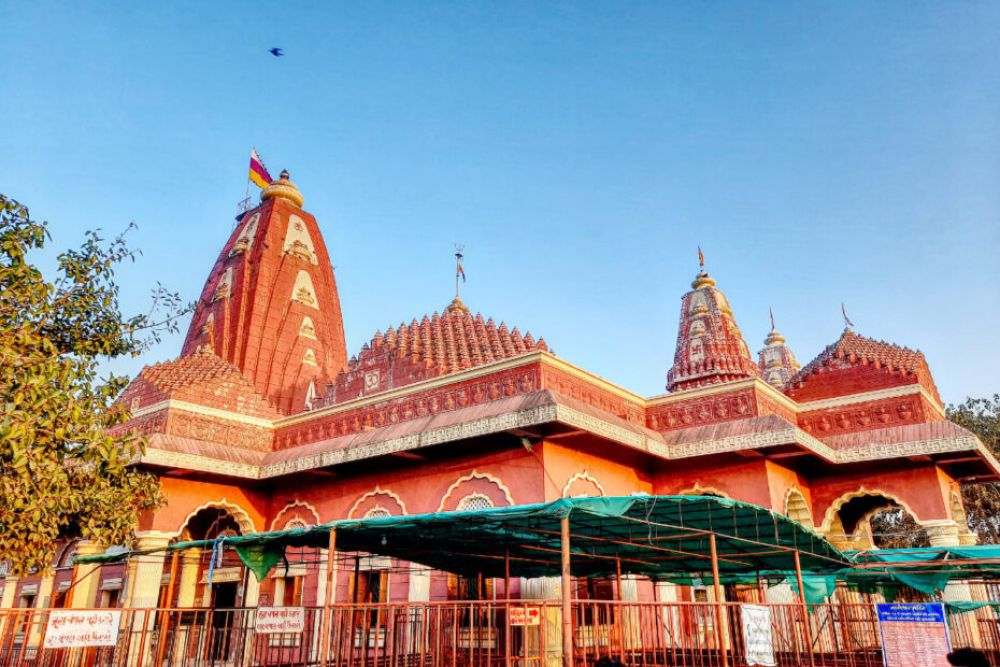

The Nageshwarnath Temple in Ayodhya is one of the significant spiritual destinations in Uttar Pradesh, India. Dedicated to Lord Shiva, it stands as an important testament to the deep historical and religious roots of Ayodhya. The temple's history is steeped in myth and legend, related to the city which is best known as the birthplace of Lord Rama.
The Nageshwarnath Temple holds great historical and mythological importance. It is said to have been established by Kusha, the younger son of Lord Rama, which supports the temple's ancient origins, dating back to the Treta Yuga. The story tells of Kusha finding a statue of a Shiva Lingam at the site, and subsequently constructing a temple there. This place has long been a focal point for worship amongst Shaivites and followers of Sanatan Dharma.
Throughout history, the temple has seen renovations and reconstructions. Despite the many invasions and the passage of time, it still stands as a vital part of Ayodhya's rich cultural tapestry. It is regarded as a symbol of the city's undying faith and spirituality.
The tourism history of the Nageshwarnath Temple in Ayodhya has been largely intertwined with the religious pilgrimage circuit of India. Pilgrims have been visiting this sacred site for centuries. Various festivals, especially Maha Shivaratri, attract throngs of devotees from across the nation, making it a bustling hub of spiritual activity.
With the political and cultural developments in recent years, Ayodhya—as a whole—is witnessing a significant upsurge in tourism interest. The city's infrastructure is being developed at a steady pace to welcome an increasing number of tourists from both India and abroad. The government is promoting Ayodhya as a premier religious tourism destination.
The latest trend in tourism at Nageshwarnath Temple and Ayodhya is a move towards holistic travel experiences. There is a growing emphasis on eco-friendly pilgrimages and responsible tourism practices. Visitors to the Nageshwarnath Temple are now looking to explore beyond the spiritual aspect, taking a keen interest in experiencing the local culture, cuisine, and the tranquil ghats of the Sarayu River.
Digital advancements have also influenced tourism trends with virtual tours, online bookings, and apps providing detailed guides and information about historic sites, including Nageshwarnath Temple. The Uttar Pradesh government's push for improving the city's connectivity and facilities highlights the modern desires of global travelers to visit Ayodhya without forsaking comfort.
The development of the Ramayana Circuit, part of the Indian government's Swadesh Darshan scheme, aims at boosting religious tourism and connecting various cities associated with the Ramayana, further contributing to the growing trend of themed travel experiences.
The Nageshwarnath Temple continues to be an anchor for Ayodhya's spiritual magnetism. It has maintained its allure for the devoted over millennia while adapting to the shifts in tourism patterns. As Ayodhya prepares for its new chapter in tourism development, the Nageshwarnath Temple stands as a beacon of faith, upholding the profound historical legacy of one of India's most revered sites.